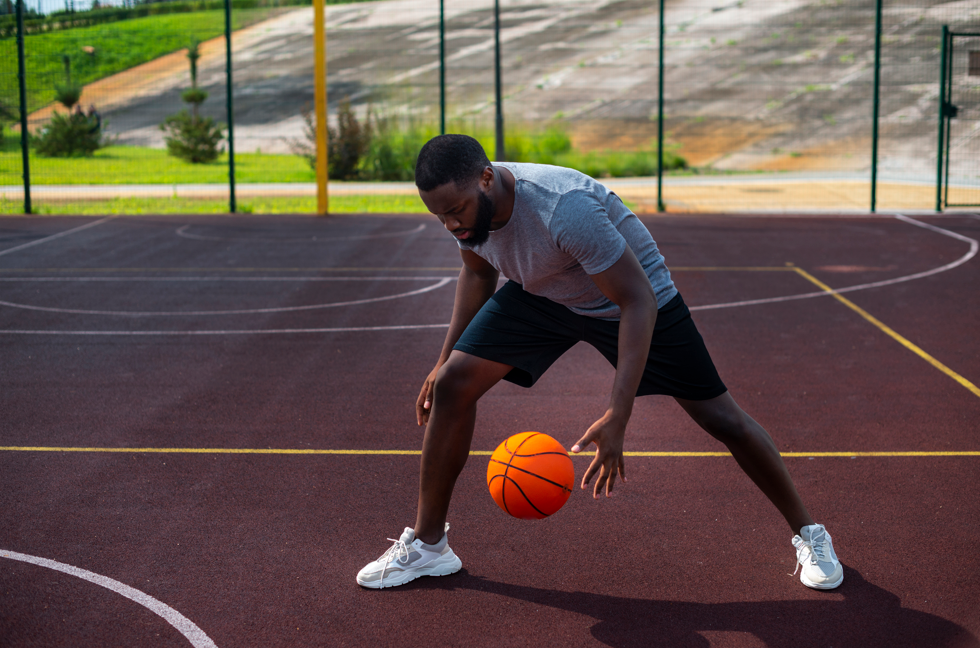
Thigh muscle strains are among the most common sports injuries, whether from running, jumping, or kicking during high-intensity activities. These can cause overstretching or tearing of the muscle fibers. The body's inflammatory response following a strain is a natural healing process, but excessive inflammation may delay recovery, leading to prolonged pain and functional limitations. This article will explore several methods for improving recovery from thigh muscle strains based on scientific research.
RICE Principle
The RICE (Rest, Ice, Compression, Elevation) principle is the most commonly used method for managing acute injuries and has significant effects on thigh muscle strains.
- Rest: Reduce activity to prevent worsening the injury.
- Ice: Applying ice helps reduce blood vessel dilation and alleviates the initial inflammatory response.
- Compression: Using supports such as elastic bandages or compression sleeves can control swelling and support the injured area.
- Elevation: Elevating the injured limb can reduce blood flow to the area and help swelling subside more quickly.
Physical Therapy and Stretching Exercises
Controlled physical therapy and proper stretching exercises help improve muscle strength and flexibility, reducing the risk of re-injury.
- Physical Therapy: Techniques like massage, electrotherapy, and heat therapy promote blood circulation, aiding tissue repair in the injured area.
- Stretching Exercises: As pain subsides, gradual stretching exercises can prevent muscle shortening and improve flexibility.
Nutritional Support
Adequate nutrition plays a crucial role in muscle recovery and inflammation management.
- Protein: Protein is key for muscle repair. It's recommended to consume protein-rich foods such as eggs and fish.
- Antioxidants: Antioxidants like vitamins C and E help reduce cellular damage from free radicals and support inflammation relief.
Support Braces and Their Role in Reducing Inflammation
Support braces play an important role in the recovery phase of muscle strains. Through proper compression, stability, and protection, braces effectively reduce inflammation and provide additional support. For example, compression sleeves offer mild pressure to the injured area during recovery, reducing swelling while limiting excessive movement. Studies have shown that compression garments can promote lymphatic drainage, reduce fluid retention, and accelerate the reduction of inflammation in the recovery process.
Exercise and Its Role in Managing Inflammation
Appropriate exercise plays a key role in inflammation management. As the muscle gradually heals, light exercise promotes blood circulation, increases oxygen supply, and helps eliminate metabolic waste from the inflamed area. Exercise also stimulates the realignment of muscle fibers, enhancing the repair process. However, exercise must be moderate, as excessive activity can worsen inflammation. Therefore, appropriate exercise, when paired with the use of support braces, can effectively balance inflammation control and muscle recovery.
Conclusion
The recovery process following a thigh muscle strain requires not only proper rest and treatment but also crucial support from braces during this period. Correct use of support braces can reduce inflammation, protect the injured area, and promote faster and more complete recovery. Moderate exercise and nutritional supplementation are also key auxiliary measures for managing inflammation in the later stages of recovery.
- Holm, L., Reitelseder, S., & Pedersen, T. G. (2020). Compression garments and their role in managing inflammation: A review. Journal of Sports Rehabilitation, 29(5), 643-650.
- Petersen, J., & Thorborg, K. (2016). The role of exercise in muscle injury rehabilitation: Effects on inflammation and muscle function. British Journal of Sports Medicine, 50(19), 1166-1171.



Share:
The Benefits of Sports Braces for Ankle Sprain Recovery
Carpal Tunnel Syndrome and the Application of Sports Braces: Knowledge Promotion and Improvement Methods